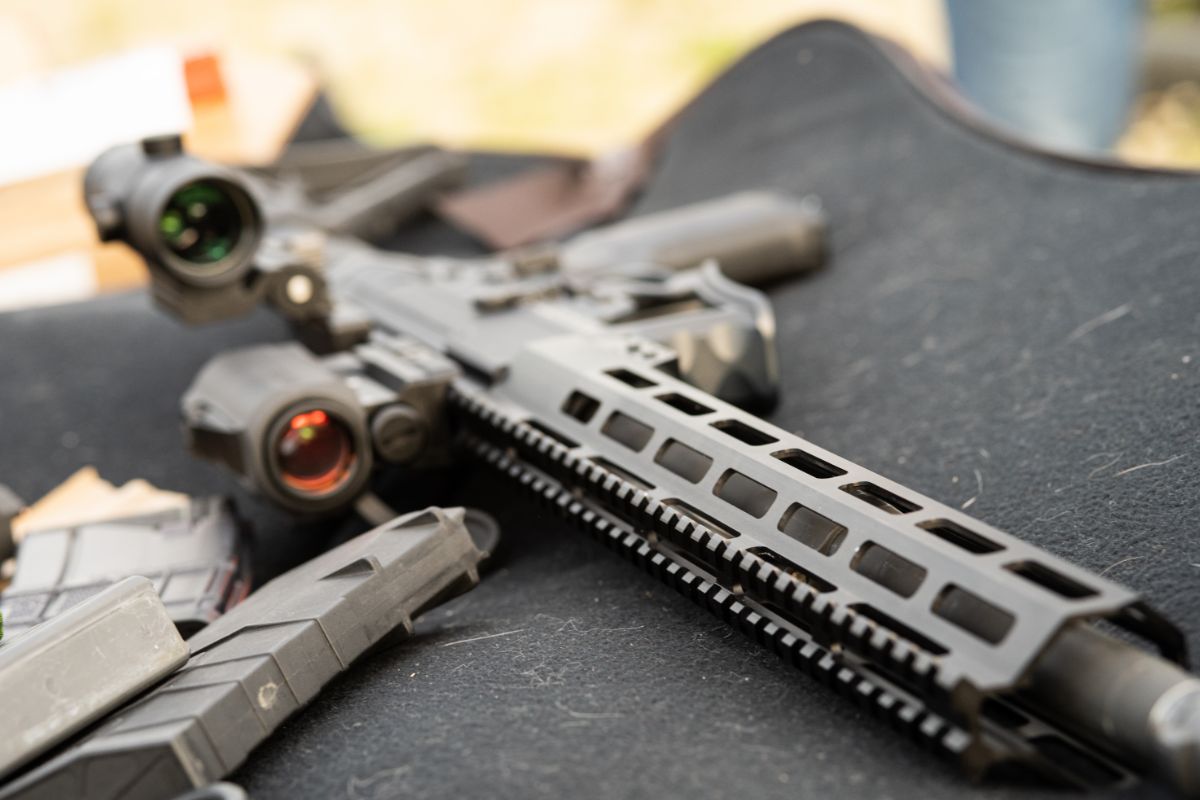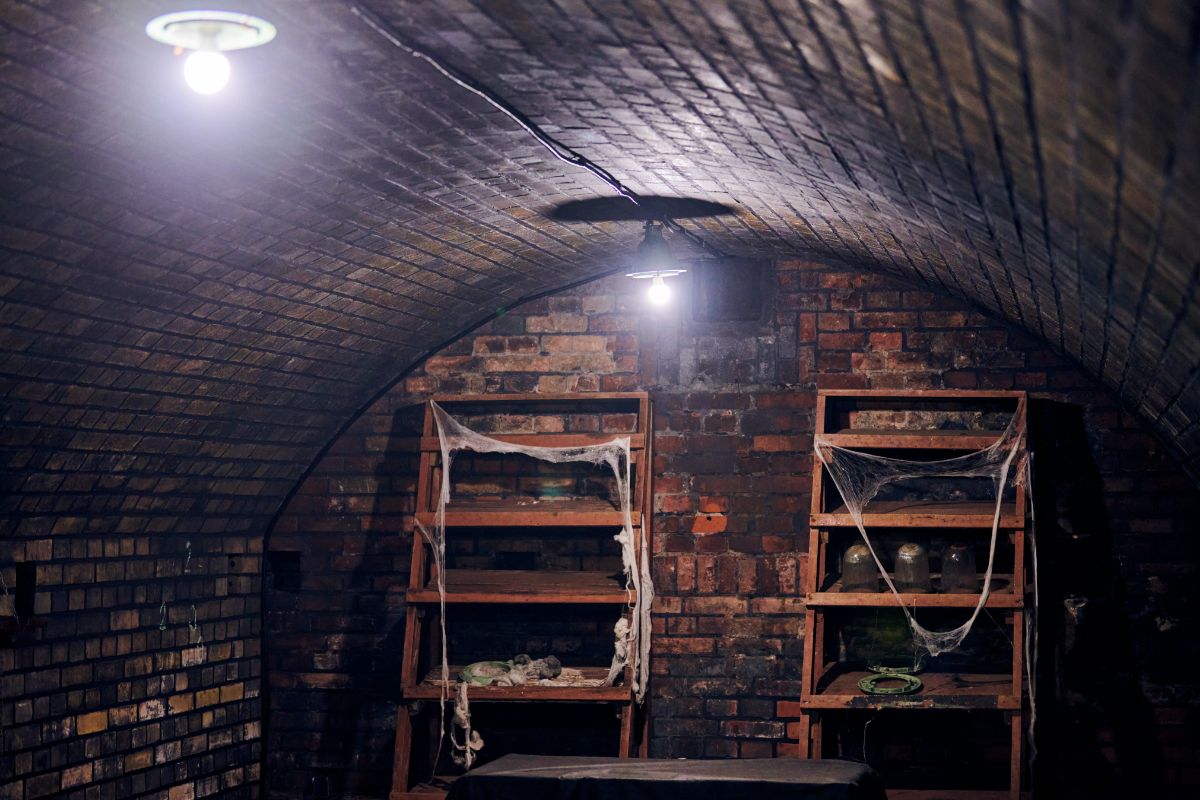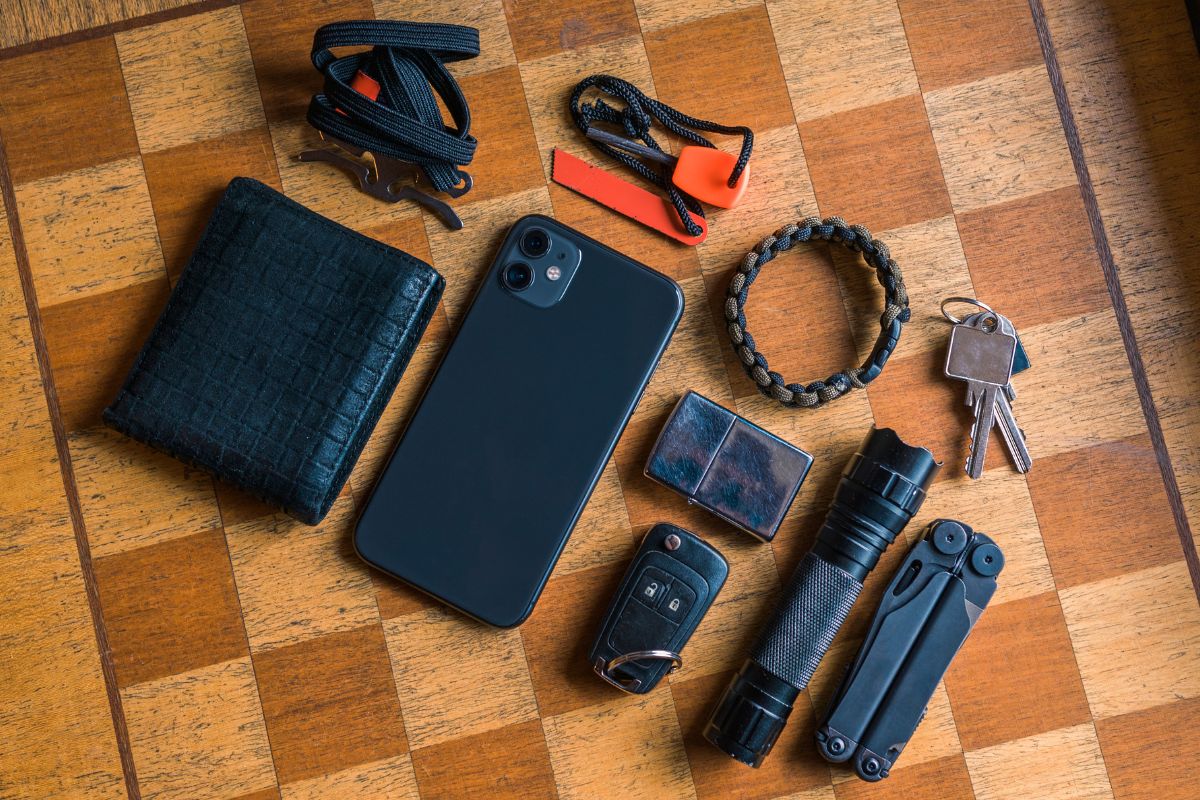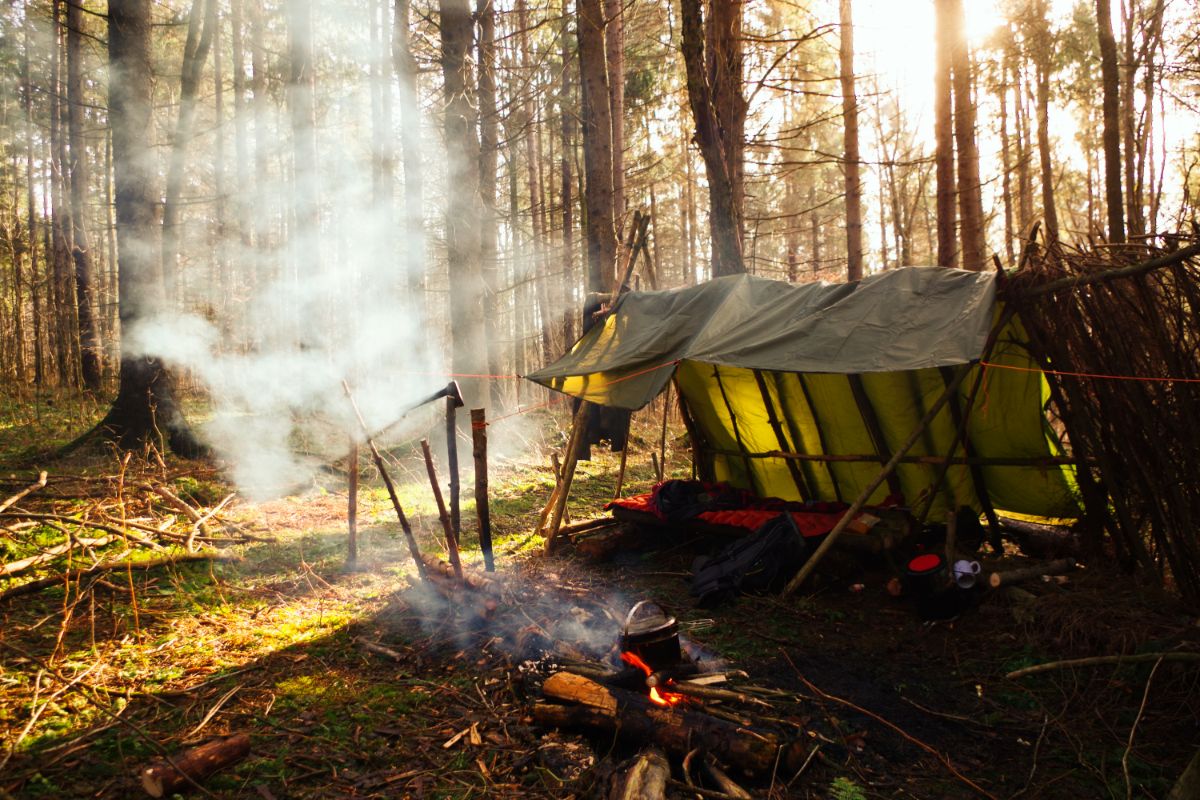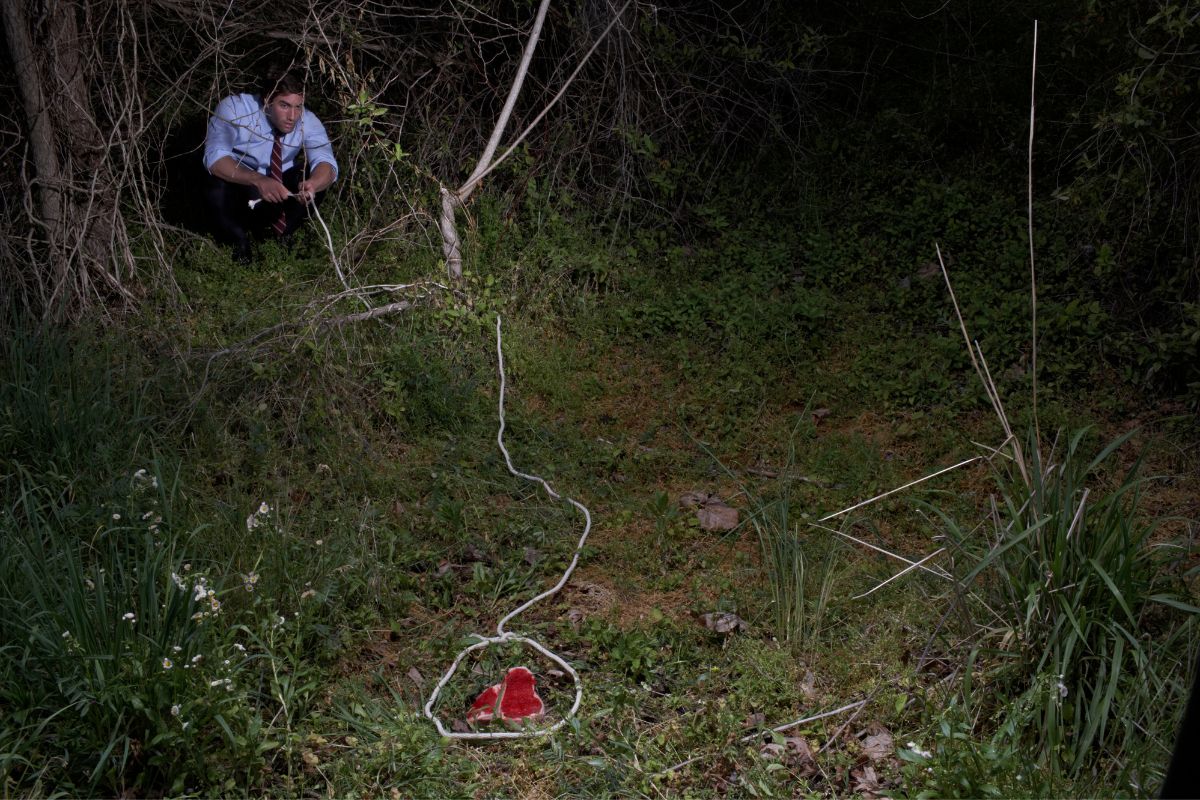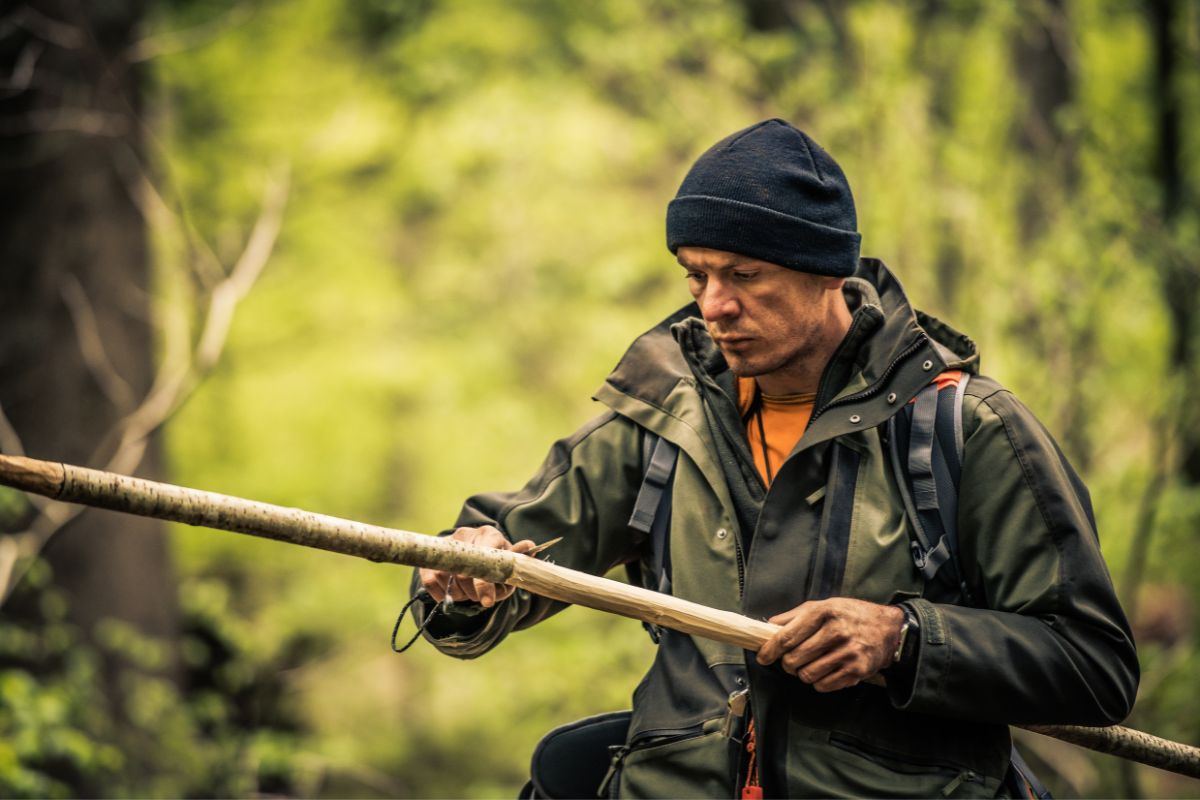No one wants to consider the possibility of an emergency taking place. We would all feel much better and more content if we pretended that life would, undoubtedly, remain peaceful and happy for the rest of your days.

However, unfortunately, disaster can strike at any time. No matter how likely or unlikely it may be, it is always better to be prepared, especially when you have a family to look out for.
Some people may look at you as if you’re crazy, including your family members. Nonetheless, it is always best to be ready for the unexpected!
This is why, in this article, we will be teaching you how to create the ultimate survival plan for you and your family, including your children, elderly relatives, disabled relatives, and even your pets.
So, let’s get into it.
The Ultimate Survival Plan For Families
You must comprehend a few things before creating a family survival pack of any size.
Foremost, it is important to remember that creating a survival pack for a family, or any other form of unit, is very different from creating one for a single person.
You should think about the items you shouldn’t stock up on to conserve luggage, in addition to drafting a thorough emergency plan to make sure everyone is on the same page.
Depending on the size of your family, you may need to take extra precautions to ensure that everybody is taken care of.
Once you have gone through the list that we have provided below, you will be able to work out how much extra/less you will need for your own tribe.
1. Deciding On A Meeting Place
Ideally, your whole family would be together, at home, when an emergency arises. This would make life so much easier, right?
While we would all prefer a disaster to strike on a Sunday evening, there is the possibility that something could go wrong on your average Tuesday afternoon, when you’re at work, and the kids are at school.
This is why it is so important to decide on an official ‘meeting place’ for everybody to regroup in the case of an emergency.
The most ideal location would be your own home, but if your other family members work/go to school further away, you may want to consider a more suitable location which is close to everybody involved.
This location will also need to be accessible to everyone, including those with disabilities.
2. Giving Everybody Their Own Survival Kit
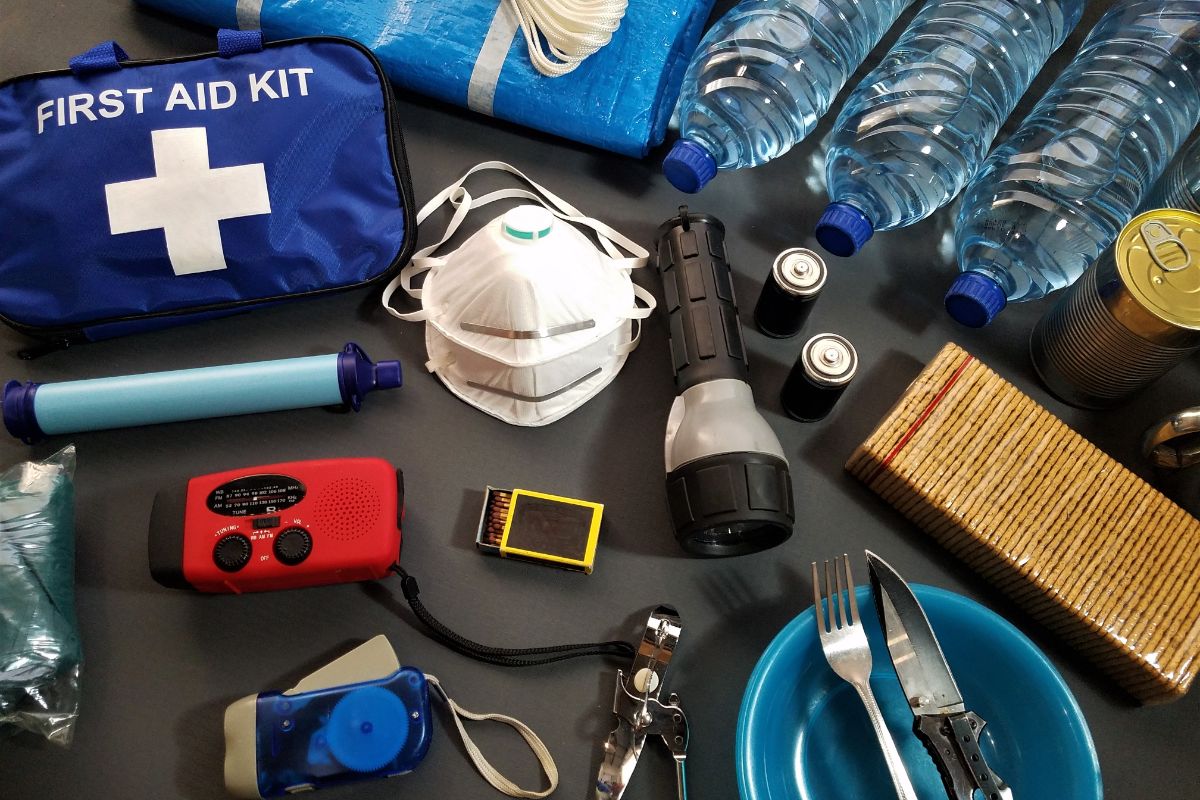
Making a family survival kit entails making sure that everyone has what they need with them, and that the group’s supplies are shared among all of them.
Therefore, everyone should have a sizeable backpack that they can use to carry both their personal belongings and part of the supplies the group will need to thrive. This will include bulk supplies of:
- Water
- Food
- Clothing
- Cash
- Hygiene kits (soap, toothpaste, etc.)
- Flashlights
- Fire starters
- Knives
- First aid kit
- Tent
There are so many other items that you may want to include, but these are the simple basics that you won’t want to forget.
You will also need to spread these items among each family member, ensuring that, in the event of someone getting separated from the group, they can manage on their own until you are reunited with them.
3. Considering Everyone’s Individual Needs
Keep in mind that every member of a family has unique demands. Families can have two or four children.
Your children may be toddlers, or in their late teens. Some households include elderly relatives, while others have pets.
This implies that no two family survival kits will be the same. Your family’s kit will be determined by the number of members, their ages, and any particular requirements they may have.
The older the family member, the more responsibilities they can hold.
Younger members will be harder to take care of, and may need to be carried a lot. Elderly members, similarly, may have mobility issues that cause them to move slower (You might want to check out How To Help The Elderly Recover From A Disaster).
Young children, and those with severe disabilities, are more prone to making noises.
You will need to think of ways to keep them quiet during vulnerable times, so you should consider bringing along items that will distract them, such as toys.
Consider each and every member’s individual needs, and think about these as you prepare everyone’s survival kits.
4. Taking Care of Your Pets
Anyone with their own furry friend knows that a pet is a part of the family. Therefore, you will need to think about how you can prepare your own pet during these times.
Don’t forget to pack pet food, as well as collapsible food/drink bowls, and a blanket or bed for them to rest. Depending on their size, you may be able to attach smaller bags to them to carry!
5. Working on Communication
Last, but certainly not least, communication is key.
Cell phones are great, but they will run out of battery. Walkie-talkies can be useful, but your best bet is to use Sharpie pens, or other items, to write messages or symbols to communicate with your group while you’re separated.
Allow group members to share their opinions so that the best, most practical solutions can be developed.
Decide the areas you’ll employ, the way the message will be left, and the set of symbols you’ll use, each of which has a unique meaning, if you’re planning on using a system of symbols to pass information.
Final Thoughts
At the end of the day, practice makes perfect. Even if your family think that the idea of a survival kit is a little ‘over-the-top’, encourage them to practice certain scenarios with you, so that you will be even more prepared if the moment ever arrives.
As we said earlier, no one wants to think about the worst scenarios. However, by preparing ahead of time, you will be in a much better position if disaster does ever strike.
Scan through each of the tips we have provided, and from there, work on your own plan, using our ideas as guidelines.
We hope you found this article informative and helpful.
- How To Make A Quick And Easy DIY Toilet For Camping - September 19, 2022
- How To Use A Knife For Self Defense - September 19, 2022
- How To Help The Elderly Recover From A Disaster - September 19, 2022


